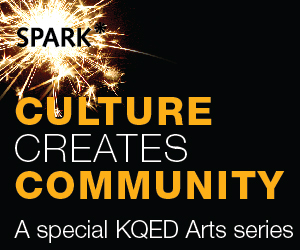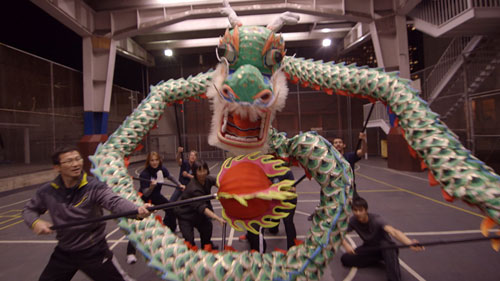Still vivid in Corey Chan’s memory are the images of him as an 8-year-old boy growing up in San Francisco’s Chinatown. During Chinese New Year he would run out of his grandparents’ camera shop and down Grant Avenue, following the lion dancers who so mesmerized him.
“All the colors. All these marvelous feats that the performers accomplished. The music that they played — all were drilled into my head,” he says. “I smelled the firecracker smoke and the incense, and it just got me. I just wanted to be that when I grew up. I wanted to lion dance.”
A few years later Chan began his martial arts practice. At the age of 18 he met Wilson Ng, who became his first martial arts master. Under Ng, Chan began training in earnest and has been performing with, and then directing, Kei Lun Martial Arts for more than three decades.
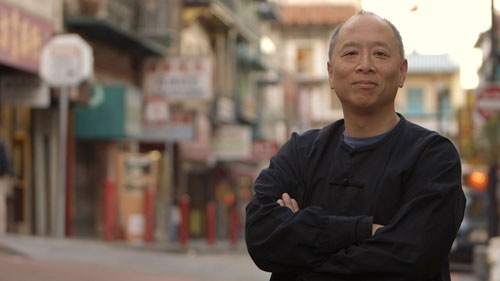
There are several lion dance troupes in the Bay Area. Some focus on acrobatics. But what sets Kei Lun apart, according to Chan, is the group’s dedication to passing on ancient Chinese stories, told through the art of lion dance. “You can’t just look at a lion dance the first time and understand exactly how deep it is,” Chan says. “It’s an ongoing learning process that reveals itself layer by layer.”
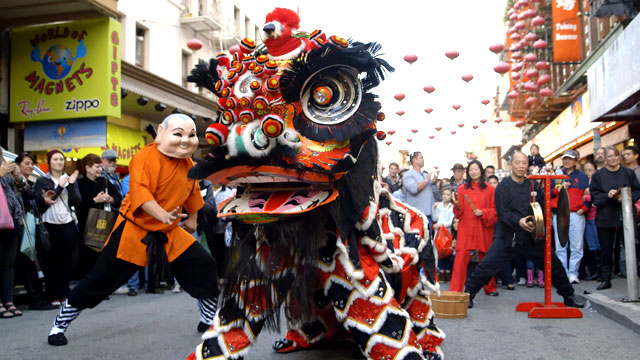
One such story (scenes from which are shown in the accompanying video) is about a little boy, Wang Xiang. When his mother becomes ill and needs food, he goes to the lake to fish. Finding the lake frozen, Wang Xiang takes off his clothes and lies down on the ice, trying to use his body warmth to melt it. When that doesn’t work, Wang Xiang starts crying. Heaven takes pity on him and sends a dragon, whose warm breath melts the ice. Chan says Wang Xiang’s actions help remind all Chinese people about the virtues of filial piety.
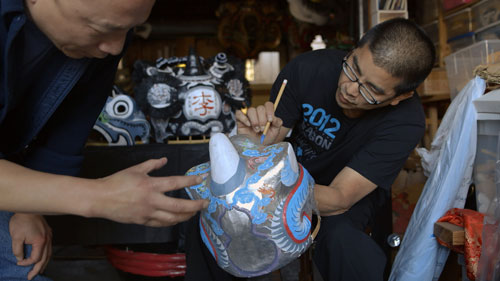
In the traditional lion dance, props are used that represent different meanings. For example lettuce and tangerines, which are often hung for lion dancers to pluck (along with cash), represent prosperity; tangerines with stems represent the unity of the family. The props help tell the tale and present a puzzle the lion must solve for the dance to be successful. “The audience struggles with the lion,” says Chan. “Sometimes the lion looks so frustrated because it can’t do what it wants to do.” But his triumph, when it comes, is all the sweeter for the obstacles.
